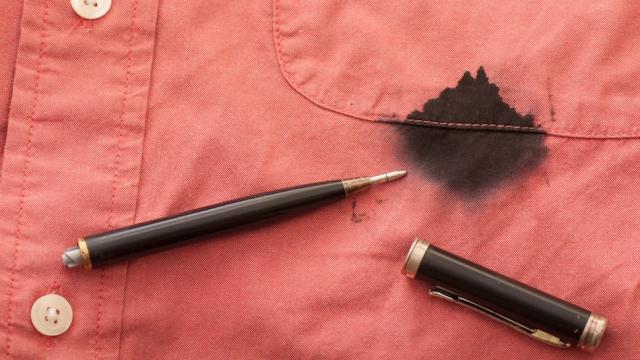You probably have no idea where the ink in your pen comes from, much less whether it’s a simple factory process or demanding of more expertise. Josh Velson, a chemical engineering consultant for bio and petrochemicals, has your answer.
Standard rollerball ink is made from particles of carbon black, a pigment substance. These particles are segregated from each other by a polymer that is adsorbed onto the surface of the carbon black particles. Finally, a solvent is applied so that the ink will flow. This is similar to the process for inkjet printer ink, for example, but the particles are optimised for pens rather than for the fine particles required in printers.
The above I learned in my first research assistant position in college. We were trying to figure out ways to adsorb the polymers onto carbon black that didn’t use the standard solvent-based methods, which involved slurrying the polymer, carbon black and methanol in a supercritical carbon dioxide reactor. I understand that conventionally, a set of organic solvents are used for this slurrying process.
But where do the components come from? Carbon black comes from sintered carbon, usually from coal or oil sources. There are specialised firms out there that are devoted entirely to carbon black. The different types of polymers that go into polymers are either petrochemical in nature, and may be made up of many different types of monomers, or they can also be derived from pine tree tall oil or rosin. The solvents are usually petrochemical and evaporate quickly from your ink.
I later learned that industrially, there are many, many grades of carbon black, although only a few will be suitable for ink. A much more considerable amount of engineering goes into creating the polymers that surround the ink. This polymer usually determines the flow properties, particle size, and (for colour inks) some of the optical properties, such as gloss. These in turn impact the colour separation and sharpness of inks, at varying levels of expense.
Printing inks, for example, will vary based on the type of application. Flexible plate printing (flexo) inks are chemically similar, but distinct, from inks used for newsprint delivered from a rotating gravure-type printing press. These in turn are distinct from inkjet printer ink, laser printer ink, rollerball ink, gel inks, and fountain pen inks. India ink is a whole other class, composed of carbon black, water and shellac and these days is mainly used for inking comic books.
The fact of the matter is, I think the process used to make each of these is fairly similar, and as processes, go it’s quite simple to do. Most facilities that formulate inks will also package them in the same facility, and the packaging in cartridges, tubes, or what have you is probably much more mechanically and technically complex than the actual ink formulation. The secret sauce for inks really is in research and development.
Picture: Shutterstock/Candace Hartley
This post was republished with permission from Josh Velson, a chemical engineering consultant for bio and petrochemicals. It originally appeared on Quora.
